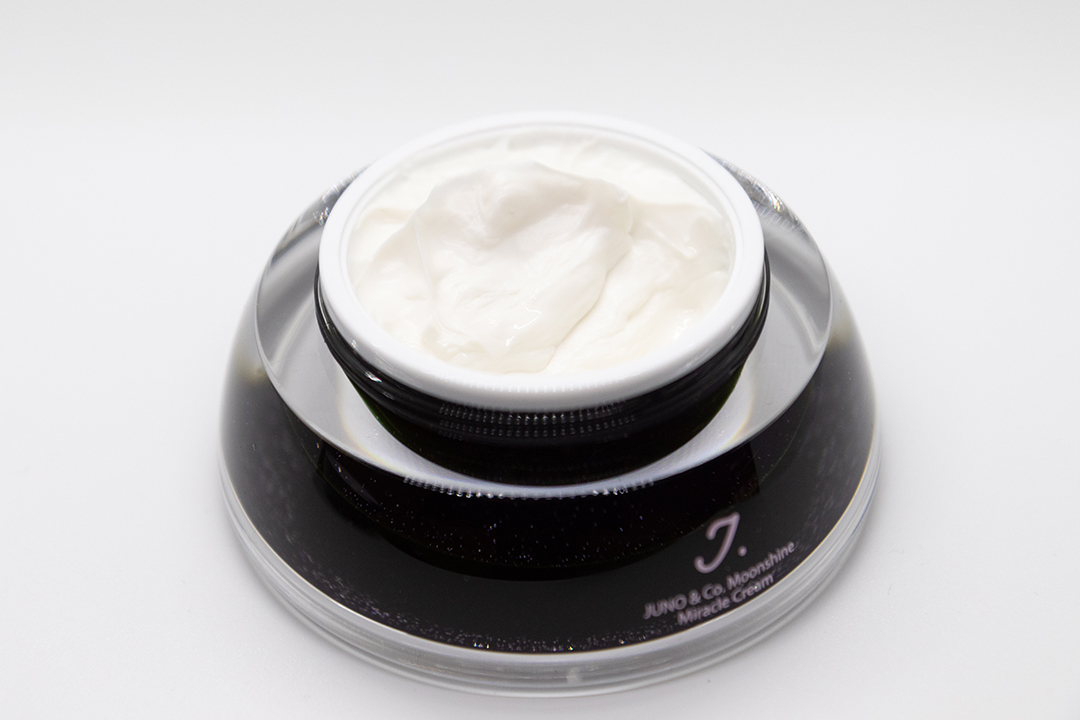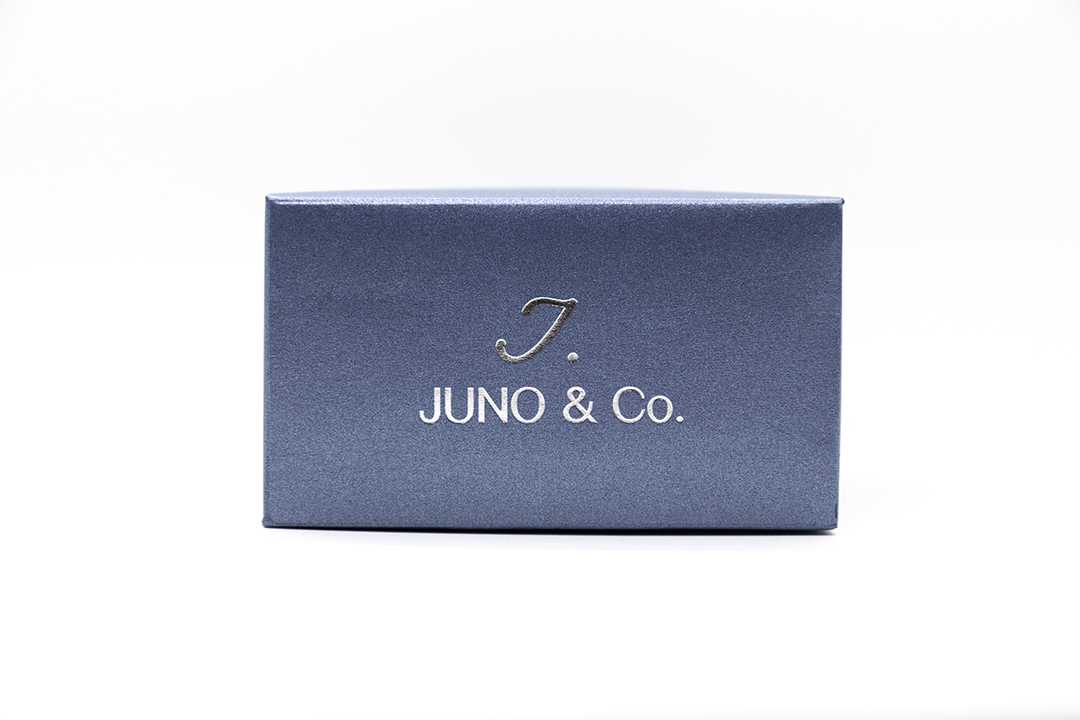At-Home Routine for Acne (and When It’s Time to Consider Professional Treatments)
If you’ve dealt with persistent acne, chances are you’ve spent countless hours (and dollars) looking for the holy grail product that will finally get rid of your blemishes for good.
Unfortunately, the reality is that acne is a disease of the skin for which there is no known cure. I’ve said this before, and I think it’s worth repeating. I notice so many companies claiming their products will totally clear your blemishes and you’ll never get a breakout again. I believe this sets people up with unrealistic expectations about their skincare journey. Trust me, if there was a true cure for acne, we would ALL know about it. Word would spread really fast.
Now, that’s not to say that the right at-home routine can’t be incredibly effective against acne! As an acne specialist, I have witnessed thousands of clients have had life-changing results. With the right products, many people are able to significantly reduce and control their breakouts. In this post, you’ll meet Priscilla and learn how she got her acne under control using just an at-home routine I designed for her. I’ll also talk about the limitations of an at-home routine and how to know when it’s time to start thinking about professional treatments for acne.
Meet Priscilla
“Hi! I’m Priscilla. I’m twenty-three years old and I’ve been struggling with acne for about seven years now. I first started experiencing breakouts after getting the Depo shot for birth control; that was what made it flare up, and I’ve been dealing with it ever since.”
Have You Found Anything in the Past Seven Years That Has Improved Your Acne?
“Retin-A (a prescription retinoid) is legit the only thing I have ever seen any results from,” Priscilla said, “but I was still getting a lot of breakouts even when using that. I’ve tried a lot of different products, it’s like when people say, ‘I’ve tried everything.’ I feel like I’m in that boat. I’ve never really been able to identify any specific triggers for my breakouts either. I eat super clean and work out, take care of my body, but I haven’t really found anything that works for me perfectly yet.”
Priscilla is by no means the only client of mine who has experienced this. So many people feel like they should be able to control their breakouts by cutting out certain foods, taking certain supplements, or living a “clean” lifestyle. While taking care of your overall health is certainly beneficial for your skin, I’ve never liked this narrative because it makes people feel like they have acne because of something they’re doing wrong. The fact is, sometimes our skin is just wired a certain way! Having blemishes is not a shortcoming. Learn more about how the food we eat really affects our skin.
Going Into Our Consultation, What Were Your Top Three Skin Concerns?
“My top three goals were to lessen the number of my active breakouts, reduce redness (post-blemish scarring), and smooth out the texture of my skin,” Priscilla said.
Priscilla’s Routine for Acne
After having a consultation with Priscilla and examining her skin, I identified four main issues that I wanted her routine to address:
- Current, active breakouts (most of which didn’t come to a head)
- Redness leftover from recent breakouts
- Vascular damage from older, nodular breakouts (Priscilla had a few V-beam laser treatments that had already helped improve this.)
- Pitting/scarring from nodular acne when she was in her early twenties (Priscilla will likely have a lifetime of dealing with this. I suggested that once her active breakouts are under control, she gets on a retinoid to address pitting and improve skin texture.)
With these goals in mind, this is the routine I recommended for her from my line.
AM Routine
- Cleanser: Purifying Face Wash
- Toner: Elderberry Soothing Toner
- Serum: Vitamin C&E Treatment
- Moisturizer/SPF: Weightless Protection SPF 30
PM Routine
- Double Cleanse:
- Soothing Aloe Cleansing Milk (using a baby washcloth to thoroughly remove)
- AHA/BHA Blemish Control Cleanser
- Mask: Rapid Response Detox Masque (every night for 5 minutes)
- Toner: Elderberry Soothing Toner
- Serums:
- Pore+Wrinkle Perfecting Serum (alternate this with the Skin Correcting Serum+ Anti Bump Solution every other night.)
- Skin Correcting Serum + Anti Bump Solution (Wait for the Skin Correcting Serum to dry, then pat on the Anti Bump Solution. Wait for it to dry before applying moisturizer.)
- Moisturizer: Skin Recovery Lotion
*Anti Bump Solution can be used as a spot treatment for individual cysts, or it can be used as a preventative treatment against cysts. To use preventatively, apply a thin layer to the entire affected area two to three times a week.
Weekly Facial
I recommended Priscilla do her weekly facial on a Skin Correcting+Anti Bump Solution Night.
- Double Cleanse: Soothing Aloe Cleansing Milk then AHA/BHA Blemish Control Cleanser
- Peel: Triple Berry Smoothing Peel (Leave on for 5-10 minutes. It may sting/tingle but that’s normal.)
- Mask: Rapid Response Detox Masque (Leave on for 15-30 minutes. Put it in the fridge beforehand for extra cooling benefits!)
- Toner: Elderberry Soothing Toner
- Hydrating Serum: Skin Correcting Serum
- Treatment Serum: Anti Bump Solution
- Moisturizer: Skin Recovery Lotion
“It took me about two months to really start seeing a noticeable difference,” Priscilla said. “I was floored by this because I had spent so much time, literally years, on medications and harsh topical creams with no real, lasting results. So after getting results from my regimen after 2 short months of staying consistent and committed to the process, I was hooked and haven’t looked back since. That said, it is all about consistency. Stay the course!”

Priscilla’s Gamechanger Products
These were the products Priscilla felt made the most noticeable difference in her skin.
- Vitamin C&E Treatment. “This makes me feel confident in my skin because it gives me a glowy, plumped feel. I can’t wait to use it every morning!”
- Skin Correcting Serum. “This serum is everything. I have noticeably fewer bumps and less redness.”
- AHA/BHA Blemish Control Cleanser. “The gentle exfoliation that this product has is absolutely amazing. It’s not abrasive, it’s just the right amount of gentle scrub to get that good clean feel. It feels like I’m scrubbing the day off which it’s so refreshing after a long day.”
Additional Tips
If you’re starting an entirely new routine like Priscilla was, I can’t stress enough the importance of introducing the products slowly. In the case your skin has a negative reaction to an ingredient in a product, this will make it easier to pinpoint what exactly your skin doesn’t like. I recommend adding one new product to your routine every two days. Learn how to patch-test for a negative reaction.
When Is It Time for Professional Treatments?
As you can see in the photo above, a tailored, consistent skincare routine was able to significantly improve Priscilla’s skin in just two months. That said, there were still issues she was looking to improve.
“My biggest concern now is reducing my acne scarring,” Priscilla said. “I still experience some breakouts, but only once in a while. Which is a huge win for me.”
Because Priscilla has experienced mostly nodular and cystic breakouts (which occur deep within the skin as opposed to on the surface), she was left with deeper redness as well as some indented scarring. This is where professional treatments come in. While skincare products can make a huge difference, they work on the top layers of the skin and may not be enough to solve problems rooted within the deeper layers of the skin.
When I was designing Priscilla’s at-home routine, my goal was to get her breakouts under control and calm her skin so it was less inflamed and irritated. This would allow her to then pursue more aggressive professional treatments to tackle redness and scarring.
The reason I wouldn’t recommend someone with active breakouts get strong professional treatments is that these treatments can actually make acne worse. Oftentimes, they are just too stimulating and can stir up or reactivate breakouts. Some treatments can also cause slight irritation, which isn’t your friend if you’re blemish-prone. Read about how this beauty editor got sudden breakouts after receiving an overly-stimulating professional treatment (and how she got rid of them).
Bottom line, you want to get infected acne cleared up and calm the skin down before pursuing most professional treatments. Now that Priscilla’s breakouts are under control and we’ve corrected the irritation caused by harsh acne treatments, she’s free to pursue microneedling, laser treatment, or whatever else her dermatologist might recommend (in addition to continuing her at-home routine since the products will continue to keep her acne under control).
Once you find an effective routine for your acne, I suggest giving it at least four months before deciding whether it’s time to look into professional treatments to get you the rest of the way in achieving your skin goals.
Priscilla’s Advice for Anyone Dealing With Acne
“Don’t give up hope. There is a light at the end of the tunnel, and for me, it was Renée Rouleau Skin Care. The investment in her products is worth it. Why spend X amount of money on crappy products that don’t give you results vs using quality, proven product that gives you results (and you only need a small amount of product – so it lasts). If you are on the fence, I say go for it!”
The post At-Home Routine for Acne (and When It’s Time to Consider Professional Treatments) appeared first on Expert Skin Advice from Renee Rouleau.
At-Home Routine for Acne (and When It’s Time to Consider Professional Treatments) Read More




